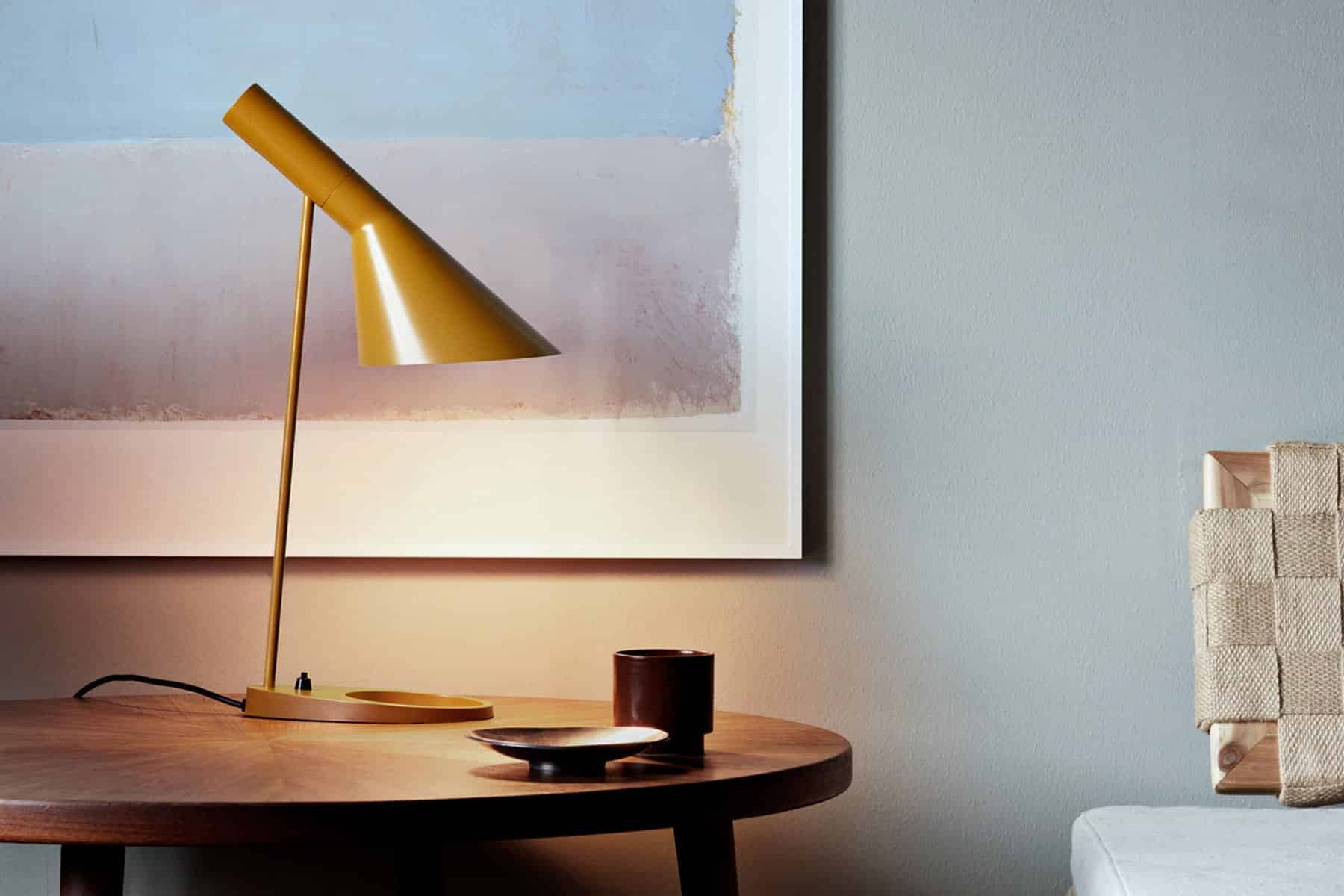Protecting our eyes is essential for maintaining good vision and overall ocular health. The increasing prevalence of digital devices in daily life has heightened the importance of eye protection. Extended exposure to screens and artificial lighting can result in digital eye strain, also referred to as computer vision syndrome.
This condition can manifest as symptoms including dry eyes, headaches, blurred vision, and neck and shoulder discomfort. Moreover, exposure to the blue light emitted by digital screens may contribute to long-term eye damage and disrupt circadian rhythms. Consequently, prioritizing eye protection and implementing proactive measures to mitigate the negative effects of digital devices on ocular health is crucial.Ratedecor
Eye protection is particularly important for children, whose eyes are still developing and are more vulnerable to damage from blue light and digital eye strain. Incorporating eye protection strategies into daily routines can help prevent potential ocular issues and maintain good vision over time. One effective method for protecting eyes from the harmful effects of digital devices is the use of LED table lamps specifically designed to reduce eye strain and minimize blue light exposure.
Understanding the Harmful Effects of Blue Light
The Risks of Blue Light Exposure
Research has shown that blue light can penetrate deep into the eye and cause damage to the retina, which may increase the risk of age-related macular degeneration (AMD) over time. Additionally, blue light exposure can disrupt our circadian rhythm by suppressing the production of melatonin, a hormone that regulates sleep, leading to sleep disturbances and insomnia. Moreover, blue light can contribute to digital eye strain by causing the eyes to work harder to focus, leading to symptoms such as dry eyes, headaches, and blurred vision.
Vulnerability of Children
Children are particularly vulnerable to the harmful effects of blue light, as their eyes are still developing and may be more sensitive to the impact of digital devices.
Reducing Blue Light Exposure
Therefore, it is important to take proactive measures to reduce blue light exposure and protect our eyes from potential damage. One effective way to minimize blue light exposure is by using LED table lamps that are designed to filter out a significant amount of blue light while providing adequate illumination for reading, studying, or working.
How LED Table Lamps Can Help
LED table lamps are a popular lighting solution for homes, offices, and study spaces due to their energy efficiency, long lifespan, and adjustable brightness levels. In addition to these benefits, LED table lamps can also help protect our eyes from the harmful effects of blue light and reduce digital eye strain. Many LED table lamps are equipped with built-in blue light filters or color temperature adjustment settings that allow users to customize the level of blue light emitted by the lamp.
By choosing a LED table lamp with a lower color temperature (e.g., warm white or soft white), users can minimize their exposure to blue light while still enjoying adequate illumination for reading or working. Furthermore, LED table lamps with adjustable brightness levels provide users with the flexibility to customize the lighting intensity based on their specific needs and preferences. This feature is particularly beneficial for individuals who spend extended periods of time in front of a computer or digital device, as it allows them to reduce glare and minimize eye strain.
Additionally, some LED table lamps are designed with flicker-free technology, which helps reduce the occurrence of flickering and glare that can contribute to eye fatigue and discomfort. By incorporating LED table lamps into our daily routines, we can create a more eye-friendly environment and reduce the potential negative impact of digital devices on our vision.
Choosing the Right LED Table Lamp for Eye Protection
When selecting a LED table lamp for eye protection, there are several factors to consider in order to ensure optimal performance and effectiveness. First and foremost, it is important to choose a LED table lamp that is specifically designed to reduce blue light emission and minimize digital eye strain. Look for lamps that are labeled as “eye-friendly” or “blue light reducing” to ensure that they have been tested and certified for their ability to filter out harmful blue light.
Additionally, consider the color temperature of the lamp, as warmer color temperatures (e.g., 2700K-3000K) emit less blue light compared to cooler color temperatures (e.g., 5000K-6500K). Furthermore, pay attention to the brightness levels and adjustability of the LED table lamp. Opt for a lamp that offers multiple brightness settings and dimming options, as this will allow you to customize the lighting intensity based on your specific needs and preferences.
Additionally, look for LED table lamps with flicker-free technology to minimize flickering and glare that can contribute to eye fatigue. Finally, consider the design and placement of the LED table lamp to ensure that it provides adequate illumination without causing glare or reflections on your computer or digital device screen. By carefully selecting a LED table lamp that is tailored for eye protection, you can create a more comfortable and visually-friendly environment for reading, studying, or working.
Tips for Using LED Table Lamps Safely
In addition to choosing the right LED table lamp for eye protection, there are several tips for using them safely and effectively to minimize digital eye strain and reduce blue light exposure. First and foremost, position the LED table lamp at an appropriate distance from your reading or work area to ensure that it provides adequate illumination without causing glare or reflections on your computer screen. Additionally, adjust the brightness level of the lamp based on the ambient lighting conditions in your space, as this will help reduce eye strain and create a more comfortable environment for extended periods of use.
Furthermore, take regular breaks from staring at your computer or digital device screen by looking away and focusing on distant objects to relax your eye muscles and reduce fatigue. Consider incorporating the 20-20-20 rule into your daily routine, which involves taking a 20-second break every 20 minutes to look at something 20 feet away. This simple practice can help alleviate digital eye strain and prevent potential long-term eye problems.
Additionally, consider using anti-glare screens or filters on your computer or digital device to further reduce glare and minimize eye strain. Finally, be mindful of your overall screen time and take proactive measures to reduce unnecessary exposure to digital devices outside of work or study hours. By incorporating these tips into your daily routine, you can maximize the benefits of using a LED table lamp for eye protection and create a more visually-friendly environment for reading, studying, or working.
Other Strategies for Protecting Your Eyes
Practice Good Ergonomics
One effective strategy is to practice good ergonomics by ensuring that your computer or digital device screen is positioned at an appropriate distance (about arm’s length) from your eyes and at a slightly downward angle. This will help reduce eye strain and minimize discomfort during extended periods of use.
Adjust Display Settings
Furthermore, consider adjusting the display settings on your computer or digital device to reduce brightness levels and minimize blue light emission. Many devices offer built-in features such as night mode or blue light filters that can automatically adjust the color temperature of the screen based on the time of day. By utilizing these features, you can further reduce your exposure to harmful blue light and create a more eye-friendly viewing experience.
Eye Exercises and Regular Check-Ups
Additionally, consider incorporating regular eye exercises into your daily routine to help relax your eye muscles and reduce fatigue. Simple exercises such as blinking rapidly for a few seconds or focusing on near and distant objects can help alleviate digital eye strain and prevent potential long-term eye problems. Finally, prioritize regular eye exams with an optometrist to monitor your vision health and address any potential concerns related to digital eye strain or blue light exposure.
Prioritizing Eye Health with LED Table Lamps
In conclusion, prioritizing eye health is essential in today’s digital age where we are constantly exposed to screens and artificial lighting. Prolonged exposure to digital devices can lead to digital eye strain and increase our risk of long-term eye damage from harmful blue light emission. By incorporating LED table lamps into our daily routines, we can create a more visually-friendly environment for reading, studying, or working while minimizing our exposure to blue light and reducing digital eye strain.
When choosing a LED table lamp for eye protection, it is important to consider factors such as blue light reduction, color temperature, brightness levels, adjustability, and design in order to ensure optimal performance and effectiveness. Additionally, using LED table lamps safely by adjusting positioning, brightness levels, taking regular breaks, and minimizing overall screen time can further enhance their benefits for eye protection. In combination with other strategies such as practicing good ergonomics, adjusting display settings on digital devices, incorporating regular eye exercises, and prioritizing regular eye exams with an optometrist, using LED table lamps can play a significant role in protecting our eyes from the negative effects of digital devices.
By taking proactive measures to prioritize our eye health with LED table lamps and other strategies, we can help maintain good vision and reduce the potential long-term impact of digital eye strain on our eyes.


